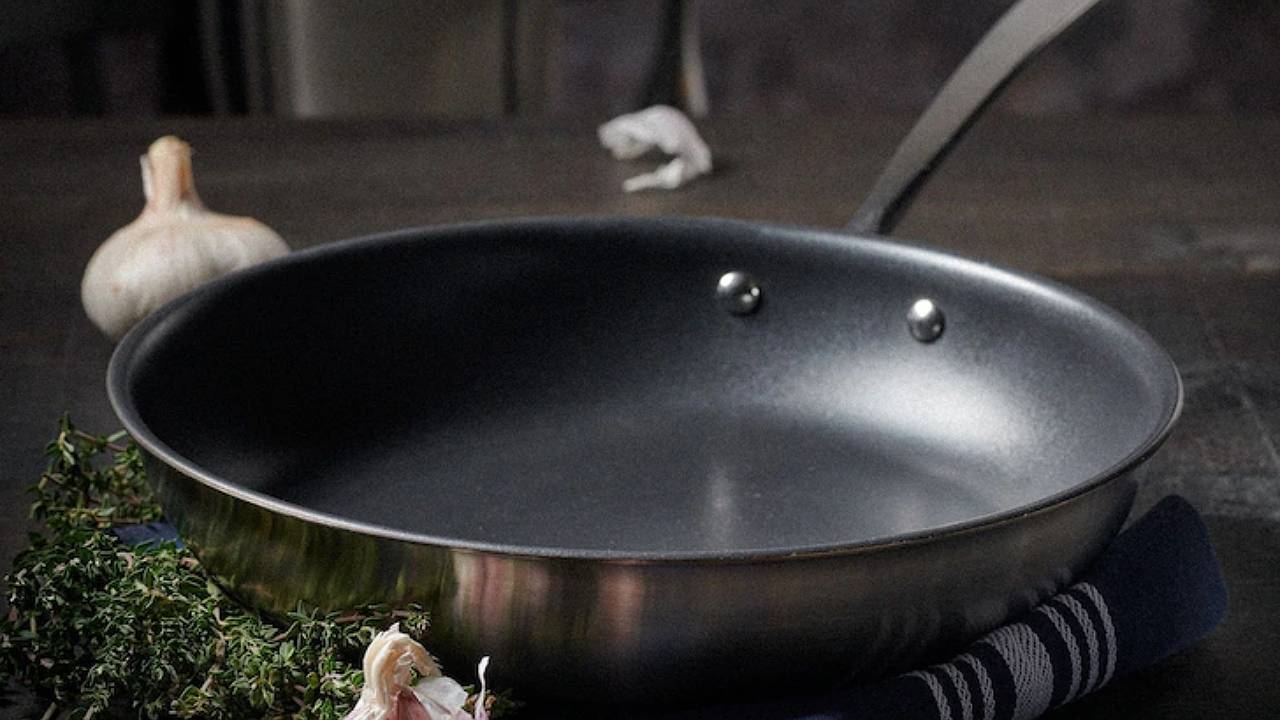
When it comes to frying, flipping or simply cooking something on the hob, the best non-stick frying pans are loved by experienced chefs and passionate home cooks alike. But because of how easy they are to cook with and clean, many people reach for them to cook just about anything… and that’s the biggest mistake you can make when using a non-stick pan.
Non-stick cookware does what it says on the tin – it cooks food and prevents it from sticking to its surface. As non-stick frying or sauce pans are coated with a Teflon material, it makes the pan easier to use and clean, and gives it its non-sticky quality.
But, to make sure your pan stays non-sticky, it’s important that you’re taking care of it properly, Whether you’re overusing your non-stick pan, not using the right tools to clean it or you’re cooking the wrong type of food with it, this can ruin its surface which will lead to burnt or Teflon-flaked food… yuck.
I’ve already covered foods you shouldn’t cook in an air fryer, a barbecue, an Instant Pot and a slow cooker and now it’s time to look at the non-stick pan. Without further ado, here are 5 foods you shouldn’t cook with a non-stick pan, to ensure it remains in the best condition and your food comes out edible.
1. Searing meats
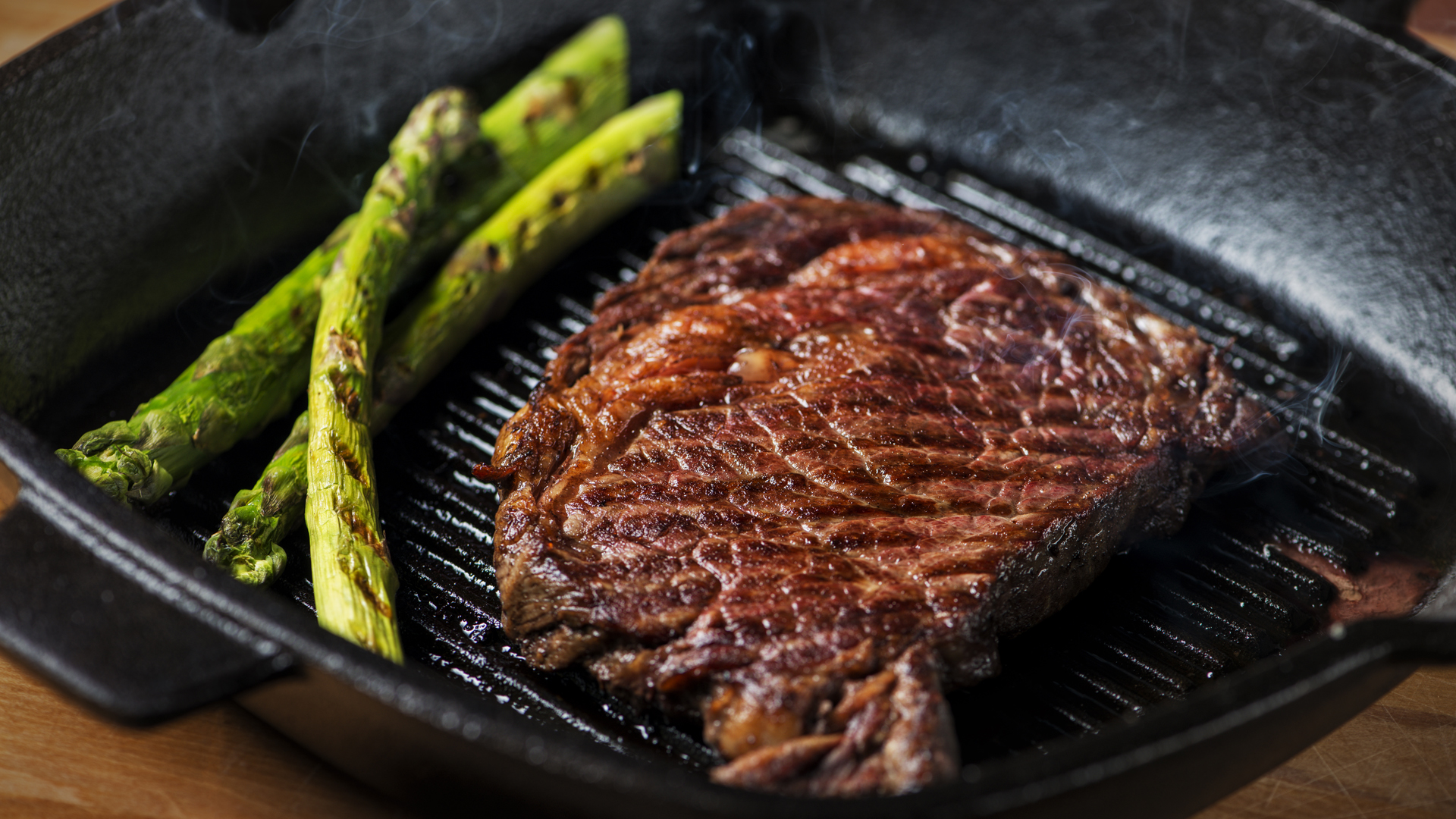
If you’re searing or charring meat, like steak, chicken, burgers or tuna, you shouldn’t use a non-stick pan. Getting a good sear on a piece of meat requires high temperatures, and non-stick pans aren’t made for this type of heat. Any hotter than 260°C or 500°F will cause the surface of your non-stick pan to discolour and lose its non-stick properties. Ruining the pan aside, a non-stick pan won’t deliver the best searing results, so you won’t get the browning, crispiness or crust that you’re looking for.
2. Sauces
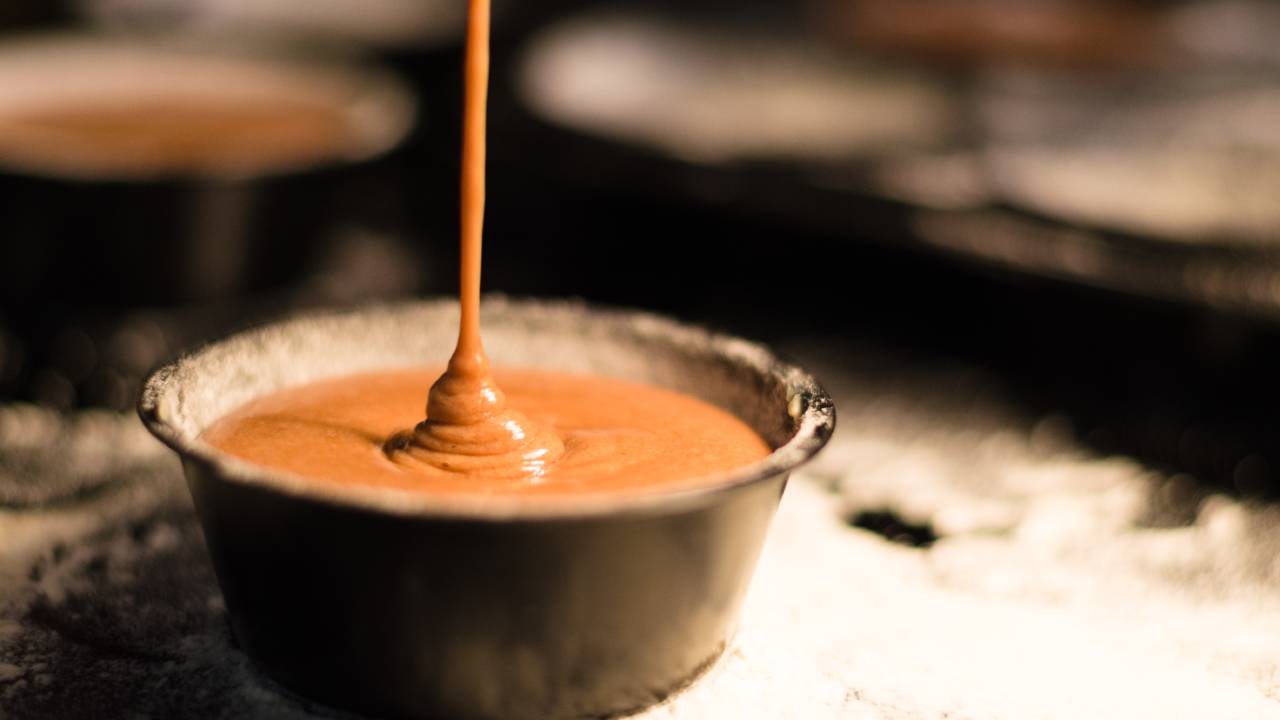
If you want to make a pan sauce, you should avoid using a non-stick pan. Pan sauces tend to rely on caramelisation that remains in the pan and as a non-stick pan doesn’t allow these sticky brown bits to adhere, your sauce won’t be as rich or thick as you want it to be. Many recipes say you can make sauces in a non-stick pan but for thick sauces like gravy, you just won’t get the best results.
3. Tomatoes
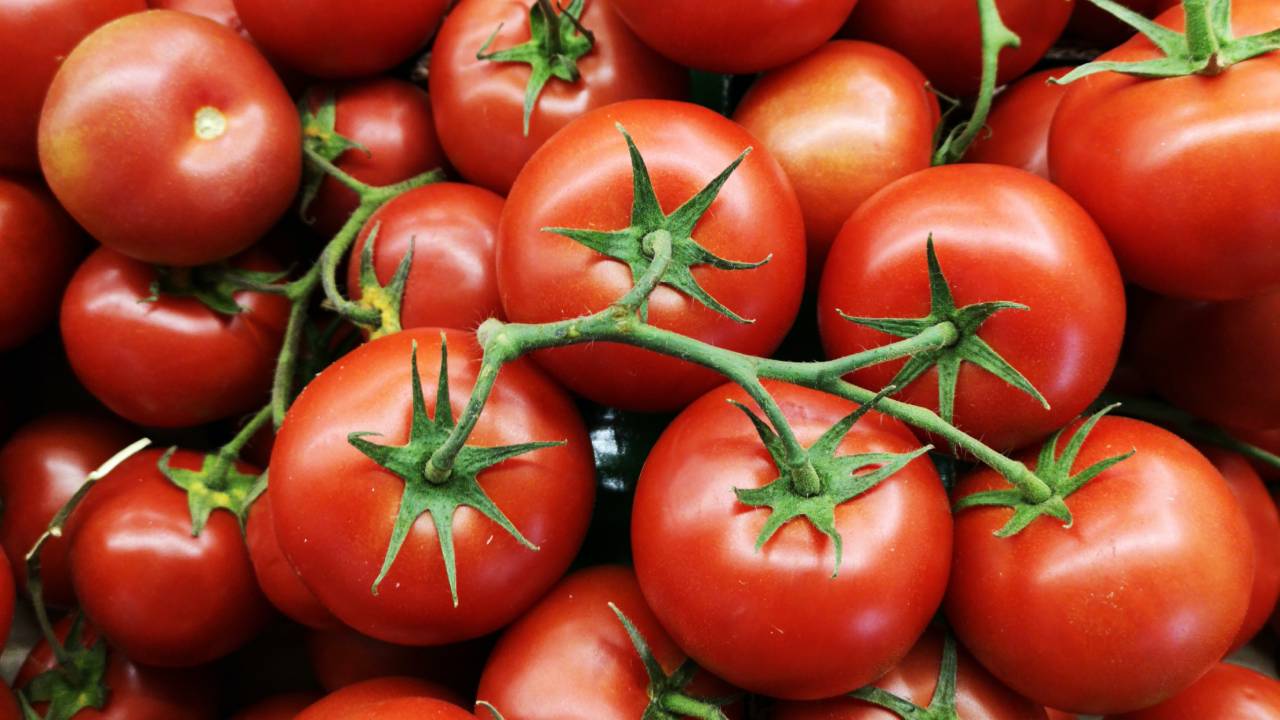
Tomates and anything acidic like lemons, wine or vinegar should never go in your non-stick pan. Due to their acidity, these ingredients will wear down the coating of your pan’s surface, making it age quicker and lose its effectiveness. While many non-stick pan manufacturers say to replace your pan every five years, they also tell you to stop using them when the surface appears scratched, discoloured or warped… and tomatoes can speed up this process.
4. Stir fry
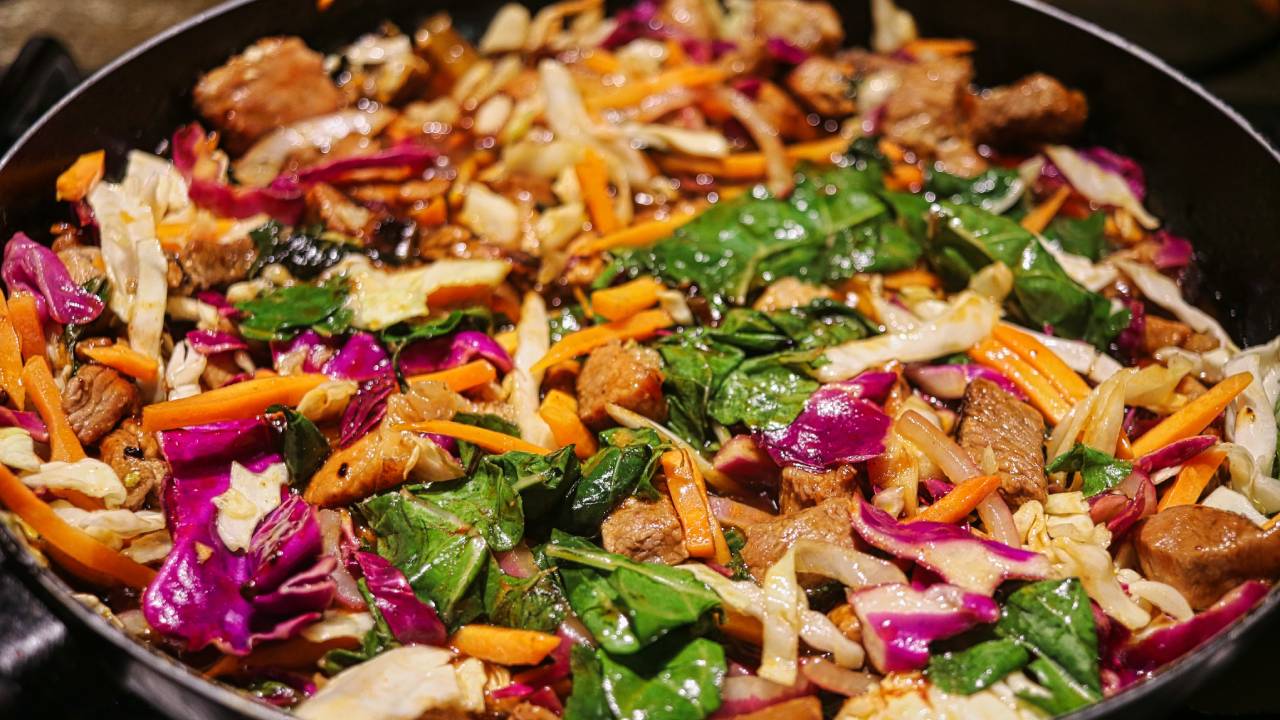
Similar to searing meat, non-stick pans can’t take the high heat that’s required to make stir fries. Stir fry needs to be cooked quickly and the appliance used to make it should be able to caramelise the meat or vegetables. A non-stick pan can’t do this effectively and as said previously, attempting to add too much heat to it can damage the surface of the pan and cause it to release toxic chemicals from the Teflon material.
5. Anything that needs deglazing
Deglazing is a cooking step that removes and dissolves browned food bits or ‘fonds’ from a pan to help flavour soups, gravies and sauces. As mentioned before with sauces, a non-stick pan doesn’t leave this residue at the bottom of the pan so there will be nothing for you to deglaze! Most liquids that are used to deglaze are also alcoholic like wine, which is too acidic to go in a non-stick pan. You’re better off using the best saucepan sets for any deglazing or sauce making.







